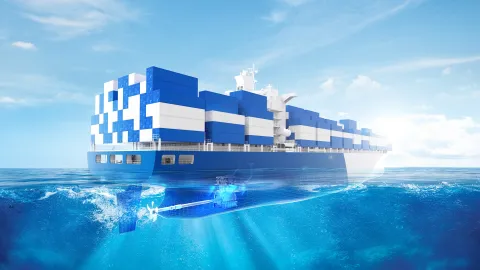Air pollution from the maritime sector in modern times is by far more complicated than before. The main challenges are:
- Stringent emission regulations
- New maritime fuel regulations
- EU – GHG Trading Scheme
- Diverse alternative fuel solutions
- Cost management and voyage planning
This automatically increases the operating cost for all stakeholders in maritime industry. Hence, all stakeholders have to overcome these challenges and help to further improve air quality.
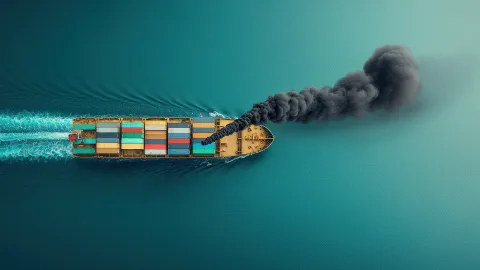
Stringent Emission Regulations, GHG & Alternative Fuels
To tackle the stringent emission regulations, marine emission abatement technologies like scrubbers, SCR catalytic converters have been drastically improved. While the European Union Emission Trading Scheme (ETS) is in-force in all European sea areas, all ships (>4,000 GTW) have to monitor, record and verify their Greenhouse Gas (GHG) emissions and report them to authorities. Hence, ships are commonly equipped with emission abatement technology and engines which are capable of operating with more than one fuel type. AVL offers a broad range of reliable and accurate gas analytical solutions for single and multi-component emission analysis e.g.:
- CLD analyzer for NO/NOx measurement
- NDIR/NDUV analyzer for CO, CO2, CH4, N2O & SO2 measurement
- FTIR analyzer for multi-component measurement
- TCD analyzer for H2 measurement
- ECD/ZrO2 analyzers for O2 measurement
In addition, AVL offers software solutions as a one stop service.

On-Board Verification
Modern marine vessels use complex propulsion systems and diverse alternative fuels, leading to unprecedented challenges in survey and inspection processes required to issue or endorse certificates. These verifications are carried out by officers of the Administrations or Recognized Organizations on board to prove compliance with the NOx Technical Code. The Engine Parameter Check method is commonly used for on-board verification due to its simplicity and low effort. However, an increasing number of old marine vessels is retrofitted with modern engines or propulsion systems which fulfill the latest emission regulations. Hence, the Engine Parameter Check method can no longer easily or accurately prove emission compliance. Alternatively, a direct emission determination method as specified by the NOx Technical Code can provide accurate emission data. The AVL portable analyzer portfolio includes a broad range of accurate gas analyzers. Thanks to their robust, compact design, AVL portable analyzers are easily carried and operated on board marine vessels.
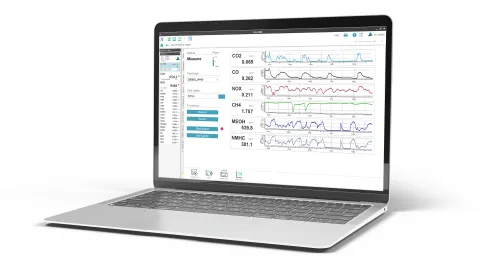
Sustainable Analytical Solutions
- Minimum production waste resource, thanks to compact and light weight design.
- With more than 50 years experience and in-house tools and methodologies in gas analytical solutions, development time can be shortened and number of prototypes can be reduced.
Maximize Usability and Low Operating Costs
- Stay connected anywhere & anytime thanks to web-interface operation.
- Easy setup and handling with no external wiring for additional modules.
- No operation gases beside the zero gas for background measurements needed during operation, e.g.: no synthetic air for FID required, no pure O2 for CLD required, no liquid N2 for FTIR required.
Highest Performance and Robustness
- Accurate measurement results thanks to high FTIR spectral resolution of 0.5 cm-1 and low detection limit.
- Unprecedented FTIR method optimization for diverse applications.
- Robust FTIR with internal pump for purging sampling path after measurement with ambient air.

DeSOx (Scrubber)
Heavy Fuel Oil (HFO) is inexpensive and therefore commonly used as marine fuel today. It is cheaper than other distillate fuels e.g. marine diesel oil or marine gas oil but the downside is that HFO contain high amount of Sulphur (up to 4.5%). To limit the environment impact from harmful emissions, the International Maritime Organization (IMO) released a regulation to limit the Sulphur oxide emission to 3.5% in 2012 and to 0.5% in 2020. However, this does not mean that the use of HFO is prohibited. By installing a scrubber, which cleans the exhaust gas and limits the Sulphur oxide emission, the HFO can still be used. According to Emission Gas Cleaning System guideline (EGCS MEPC 340 (77)), the emission of Sulphur Dioxide and Carbon Dioxide must be continuously monitored and reported.
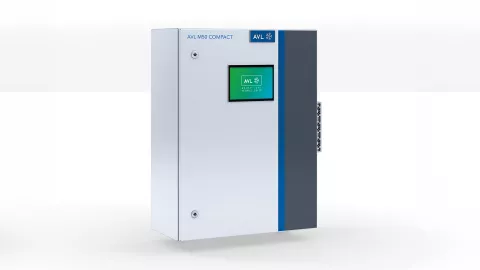
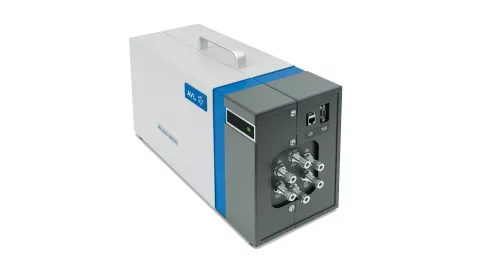
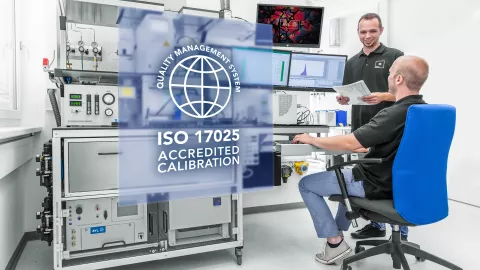
Emission Trading
A greenhouse gas (GHG) emission trading scheme is used to provide economic incentives for reducing CO2 emissions which is then later extended with CH4 and N2O emissions. It sets a limit on the amount of GHG gasses emitted by covered entities. These entities are then able to buy and sell emission allowances encouraging to find the cost-effective ways to reduce GHG emissions and potentially profit from doing it. Hence, these GHG emissions are to be monitored, recorded, verified and reported. Several methods were developed and regulated for these purposes. Direct on-board measurement seems to be the most accurate method to determine GHG emissions.

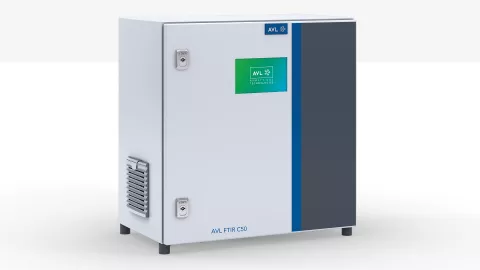


DeNOx (SCR)
The Selective Catalytic Reduction (SCR) System reduces the level of nitrogen oxide in the exhaust gas emitted by diesel-fueled ship engines to below the emission limits set by IMO Tier III (3.4 g/kWh and lower) which apply to all marine diesel engine in Emission Control Areas (ECAs). It is placed in the exhaust gas line after the engines. A reducing agent such as aqueous urea is evaporated and injected into the hot exhaust gas. The NOX emission in the exhaust gas is thereafter converted into nitrogen (N2) and water (H2O) on the catalytic surface. SCR technology for marine engines is commercially available for a wide range of engine and vessel types utilizing different Sulphur-content fuels. AVL offers analytical solutions based on NDIR, NDUV technology and Zirconia sensor for NO, NO2, NH3 and O2 measurement. AVL CLD analyzer technology is ideally suited for low and ultra-low NOX measurement.


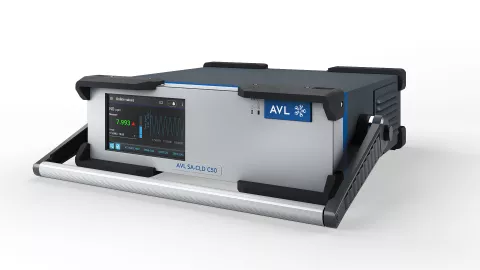
Advanced Marine Emission Control
Research and Development for better air quality in marine sector is crucial nowadays. To tackle with various challenges for marine engine development e.g. various alternative fuels such as NH3, methanol, ethanol, GHG emission trading or stringent emission limits, a flexible and precise emission gas analyzer is a key to the development success in time and cost. At AVL, we offer a comprehensive gas analytical solutions to help the engine developer to master the challenges in their development tasks. For instance, AVL PA-FTIR M50 - a precise and compact multi-component analyzer based on FTIR technology.


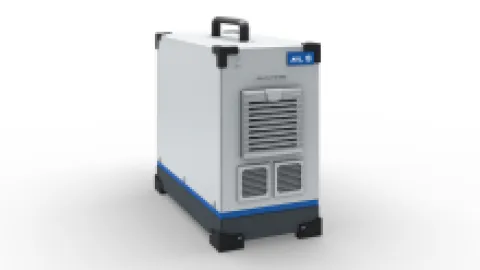
Direct Measurement During Survey
Direct on-board measurement is widely accepted as the most accurate emission determination for marine vessels. However, suitable and accurate analytical solutions to fulfil this task are not readily available in the market.
AVL Analytical Technologies offers various portable analytical solutions for ship-engine manufacturers, ship-owner and recognition bodies.



